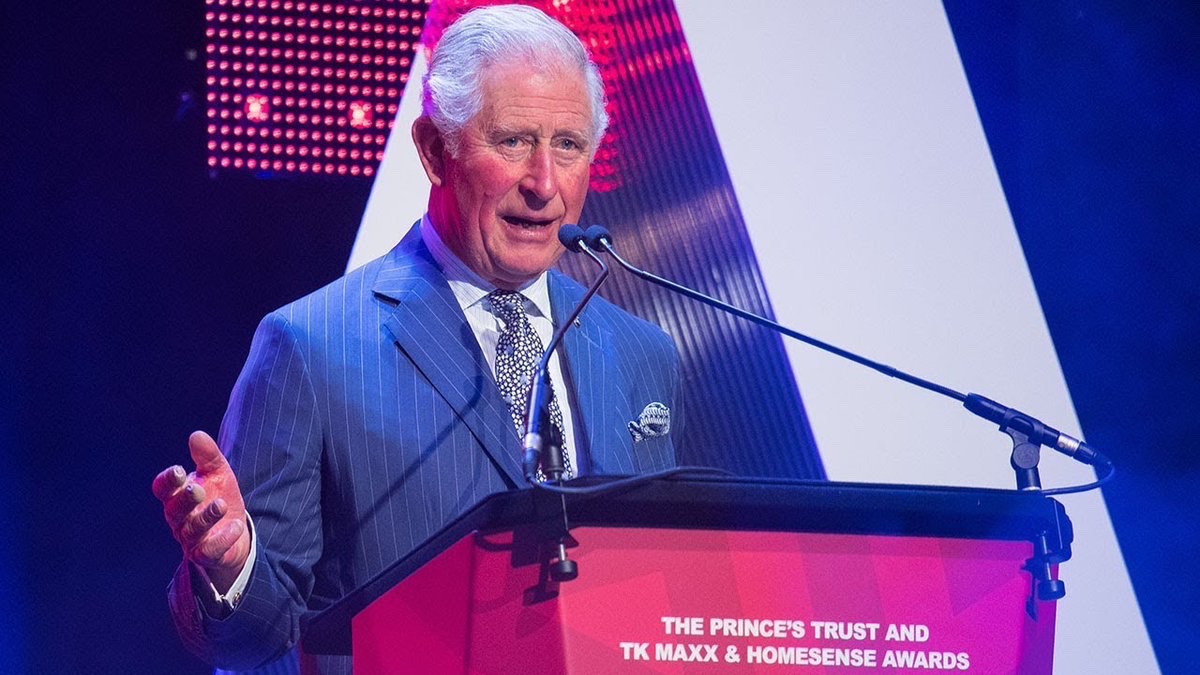EXPERTS PREDICT HUGE SURGE IN KING CHARLES III MEMORABILIA AHEAD OF CORONATION NEXT YEAR

Brits should expect to see an influx of King Charles III memorabilia this year as retailers race to stock their shelves ahead of the coronation in 2023, experts predict.
King Charles III ascended to the throne on Thursday 8th September, following the death of his mother, Queen Elizabeth II.
His official coronation ceremony is expected to take place in Spring or Summer 2023.
Retail experts say stores and sellers have already begun preparing for the momentous occasion – by stocking up on memorabilia and putting mass orders in for the start of next year.
During the Queen’s Platinum Jubilee celebrations in June 2022, online marketplace OnBuy.com saw a huge surge in sales of royal products, including Union Flag bunting (4000%) and Jubilee-themed badges (1142%).
Liam Tickner, Category Manager at OnBuy, said: “Following the sad passing of Her Majesty the Queen, King Charles III has taken to the throne with professionalism and enthusiasm.
“And he has received a fantastic reception from the public.
“This year, we expect online marketplaces to see an influx of King Charles III memorabilia. Manufacturers are hurrying to produce the merchandise, and retailers are keen to stock it.
“When the king is officially crowned next year, we expect commemorative royal keepsakes and King Charles III memorabilia to be in very high demand.
“Based on our market insight, sales of these items will surge around the coronation. We expect a repeat of the sales increases we saw around the Queen’s Platinum Jubilee – where items were selling out and rising by thousands of percent.
“There is a lot of goodwill and fanfare around the royal family at the moment. This positive energy, combined with the upcoming coronation, is sure to translate into sales.”
It was recently announced that updated bank notes, bearing King Charles III’s image, will be revealed at the end of 2022.
It is predicted these notes will enter circulation in 2024.
Banknotes and coins featuring Queen Elizabeth II and King Charles III are predicted to co-circulate for a period – in order to minimise environmental and financial impacts of the change.






